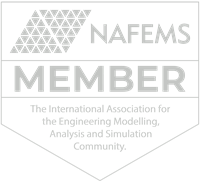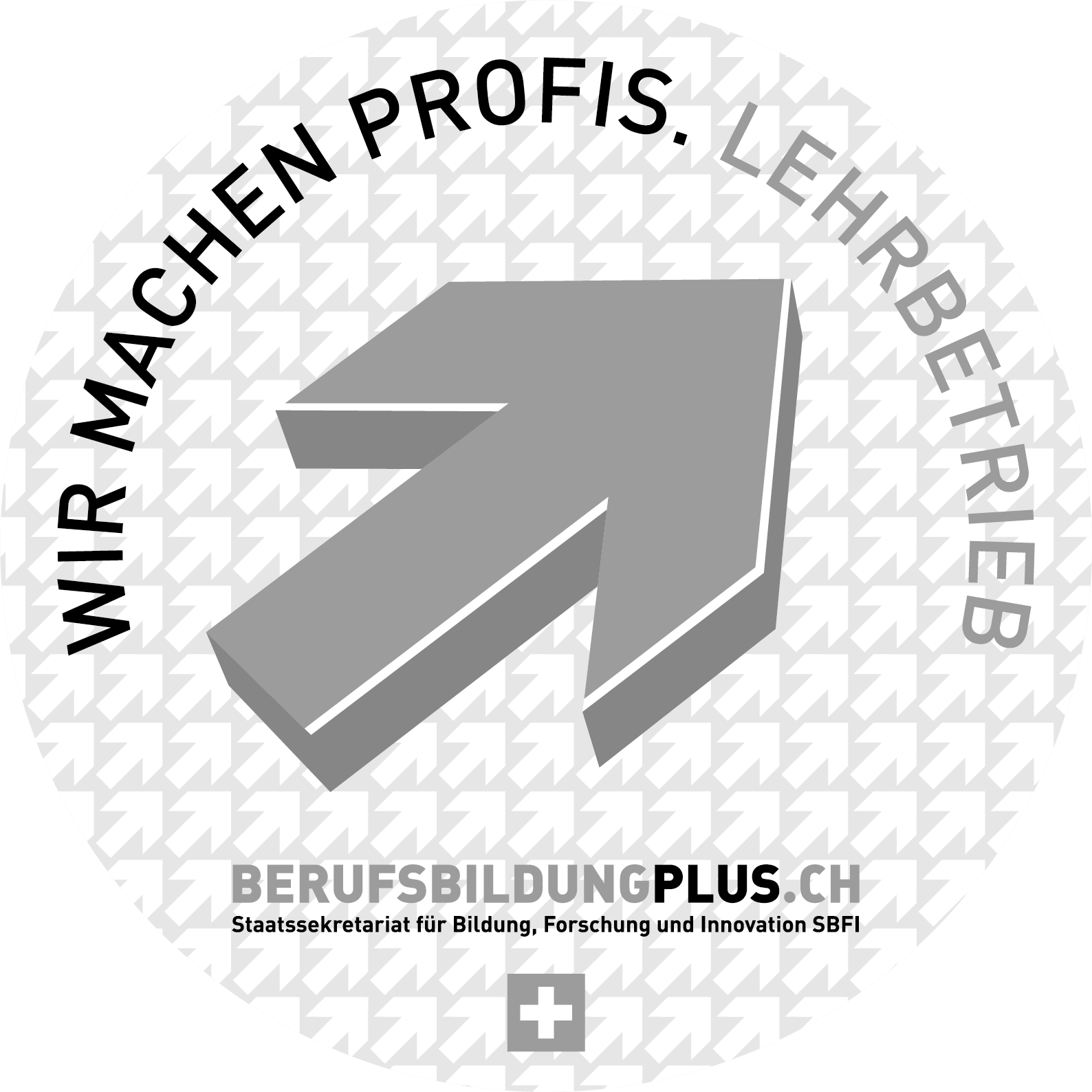Simulation
Technical Design
Engineering
Structural mechanical simulation (FEM)
Alongside the design process, we conduct strength analyses using FEM simulations. We utilize tools such as Ansys Workbench and Siemens Simcenter 3D to optimize heavily loaded components and provide evidence for their use in series production.
The basis for these simulations is 3D data of individual components or entire assemblies, which are meshed with finite elements. Depending on the type of analysis and its objectives, we consider the interaction with the environment (load case), the inherent stiffness, the constraints, and contact conditions. These boundary conditions and material properties define the calculation model.
Once the simulation converges, we evaluate stresses, strains, and displacements in the post-processing phase. We incorporate necessary safety factors, coefficients, and perform a specific analysis based on the intended application. All these factors are processed and presented as results. This allows us to make statements regarding application-specific requirements.
In linear simulations, the loads and deformations behave proportionally to each other. They are used for small deformations and initial estimations. Additionally, modal analyses based on linear calculation models are conducted.
Nonlinear simulations are more complex and require more computational capacity. There are three cases that require nonlinear models:
- When materials do not exhibit linear behavior, such as many metals in the elastic range, special material models need to be used. These can range from simple ideal elastic-ideal plastic models for failure analyses to complex hyperelastic models for elastomers.
- When significant deformations occur in a geometry, geometric nonlinearities arise. These are captured in the calculation model.
- If contact or multiple contacts occur that change the state during the simulation (e.g., open/closed), these conditions are nonlinear.
Flow simulation (CFD)
As part of the design process, we conduct flow simulations using CFD software. Flow Science with Flow-3D supports us in identifying separations and highly stressed areas, and generating flow-optimized geometries.
The simulations are based on 3D data of solid components and reconstructed cavities (medium), which are meshed using finite volumes. The meshing is done using mesh blocks and should be tailored to the thinnest cross sections.
Depending on the type of analysis and the goal of the simulation, factors such as interaction with the environment (load case), viscosity of the medium, and other physical properties including the phase state are considered. These parameters define the computational model.
Once the simulation converges, post-processing is performed to analyze flow behavior, vortices, and temperature distributions, among other factors. We take into account necessary safety factors, coefficients, and application-specific evaluations. All these factors are processed and presented as results. This allows us to make statements about application-specific requirements.
Flow-3D is used in the filling simulation of aluminum die-castings to simulate the behavior of liquid metal during the casting process. It allows for predicting the filling behavior and associated challenges such as porosity, gas entrapment, solidification patterns, oxide formation, and temperature loss.
Through these simulations, technicians, engineers, and designers can explore various design options and process parameters. The geometry of the component, as well as the gating and runner system, can be optimized to maintain an open and stable process window for high-quality components. The CFD analysis also enables evaluating the influence of parameters such as temperature, velocity, and pressure, and optimizing them accordingly.



